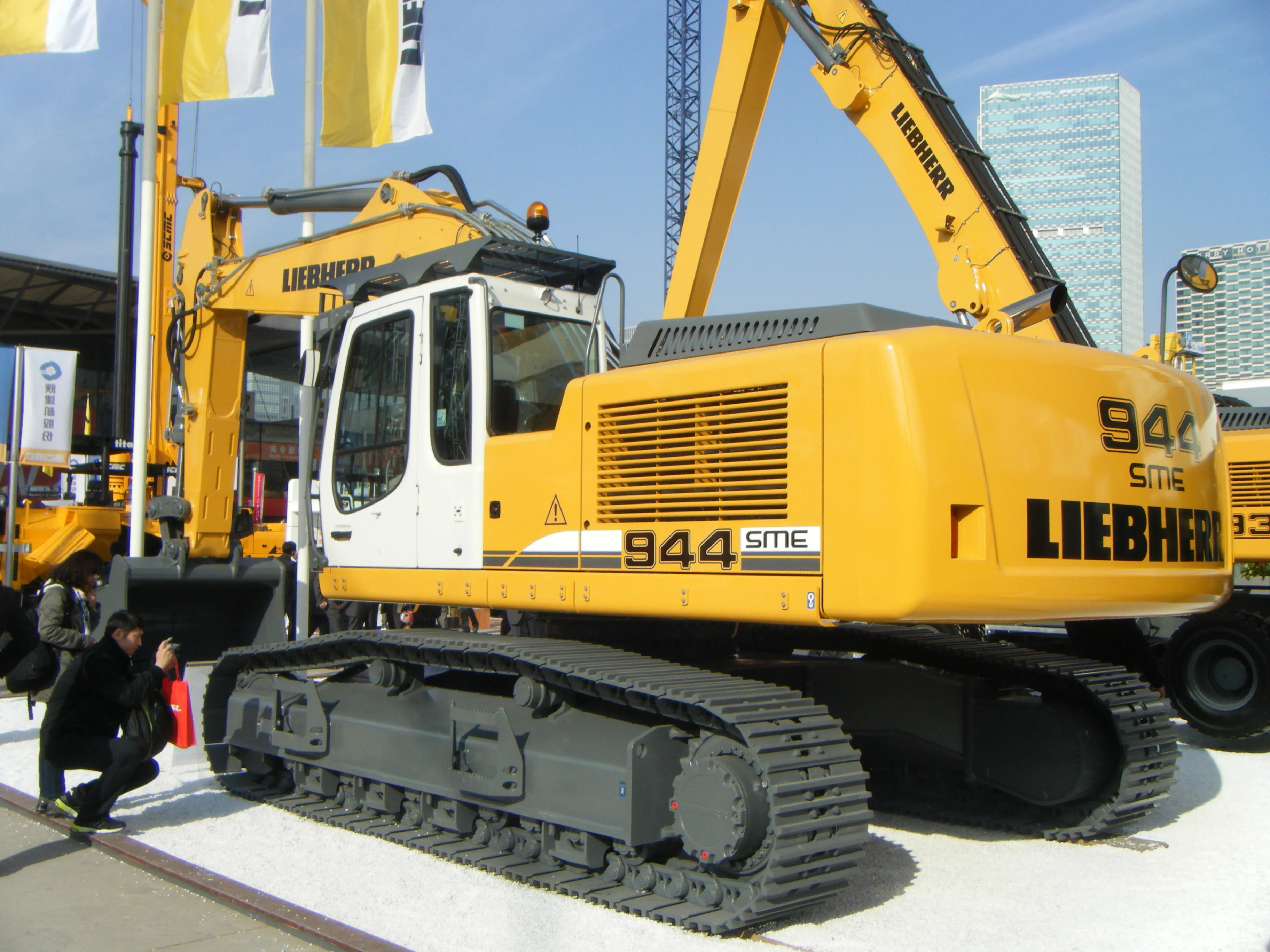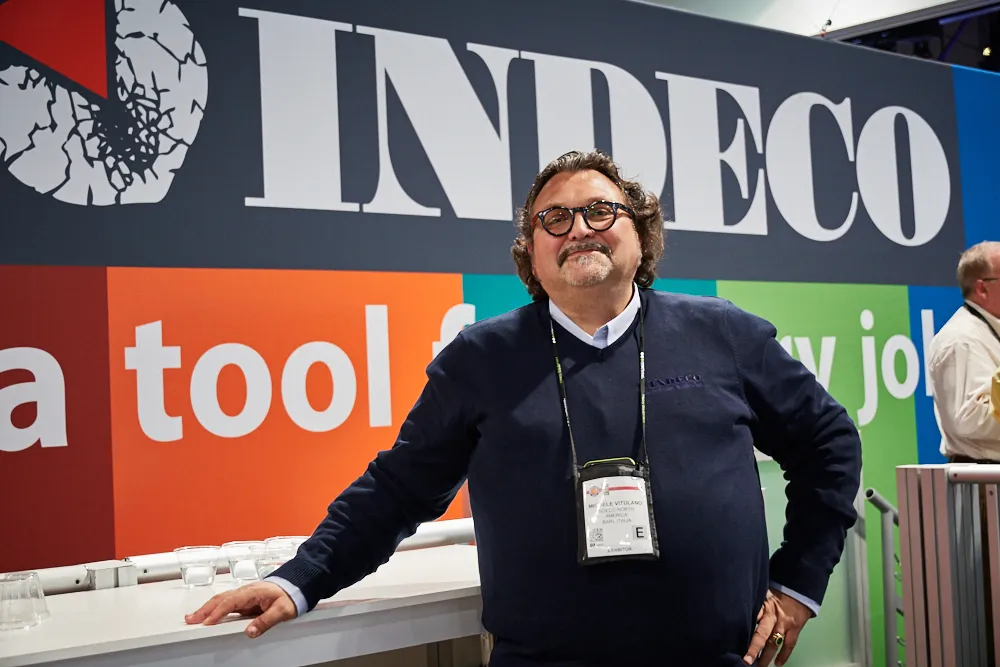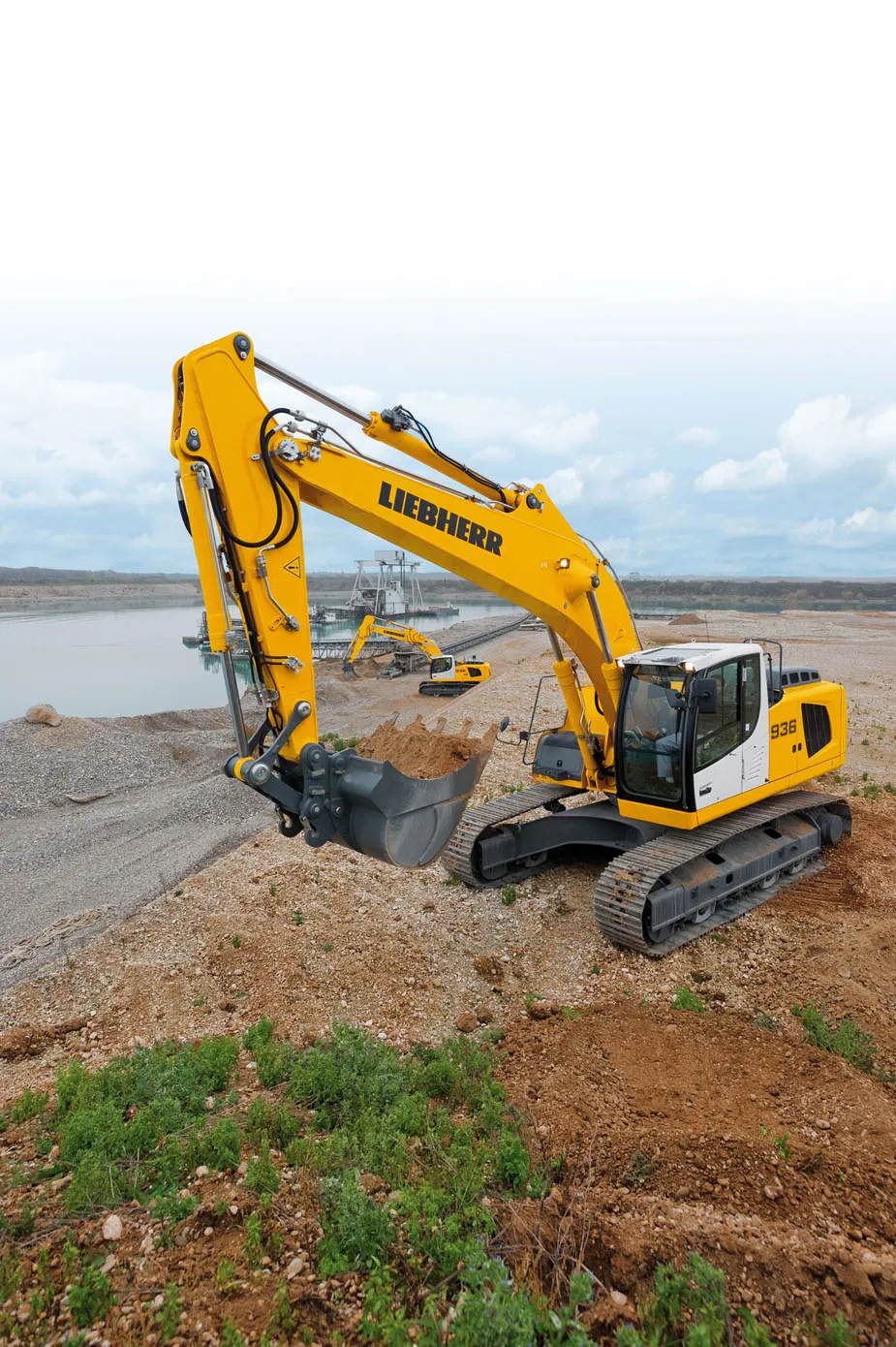Liebherr is weathering the current financial situation rather better than some other firms, having seen turnover increase 9.8% to €4.4 billion in the first half of 2012, compared with the previous year. According to Andreas Boehm, a member of the board of directors at Liebherr, turnover for the mining and construction operations saw gains of 7.7% to €2.84 billion in the first half of 2012, compared with 2011. He continued, “Turnover from our earthmoving machinery increased 14.4% to €1.07 billion.” However,
November 28, 2012
Read time: 3 mins

Overall though, the firm’s performance has been good though. Boehm said,
“In all market regions, Liebherr was able to increase its turnover.”
He continued, “The economic slowdown will not affect our 2012 figures, but will result in a more moderate perspective for 2013. For the Liebherr Group we forecast a turnover for 2012 in the region of €9 billion, equivalent to an increase of more than 70%.”
The company is positioning itself for future growth also, by investing in its operations. Boehm said, “Total investments in 2012 will be in the region of €770 million, which is the equivalent of about 10%.”
Some of these investments have been made at existing facilities to expand production. But the company also opened new facilities in Nizhny Novogrod in Russia for earthmoving equipment and components and a new factory at Pune in India building truck mixers, mixing plants and tower cranes.
Earthmoving represents a significant portion of Liebherr’s business, around 25%, and the company has extensive facilities in developing nations, including a factory making earthmovers in Dalian, Liaoning Province. This was opened in 2002 and the 19,000m2 site will benefit from additional manufacturing capabilities. This is being expanded as Liebherr is taking the long term view to future growth in China.
Armin Natter, general manager Earthmoving and Mining at Liebherr said, “Economic growth started to slow down from last year and the situation got even worse in this year. In the second quarter of 2012, GDP grew 7.6%, below the 8% barrier for the first time in three years. Meanwhile economic growth continued to decline in the third quarter of this year.” He continued, “In the second half of this year it is evident that we are facing the market crisis now. For instance, the whole Chinese hydraulic excavator market started to go down last April and kept decreasing in this year.”
Despite the tough trading conditions, Natter said that Liebherr has managed to increase its market share in China, which is an encouraging sign. And the company is also introducing new products, including a totally new unit for the Chinese market. The R944C SME (super mass excavation) 45tonne machine and he said, “It has been especially designed for the 40-50tonne excavator market in China.” This model features a 2.5m3 bucket and is powered by a Liebherr Tier 3 diesel that delivers 190kW. The excavator also features sophisticated regenerative hydraulics that help maximise digging and loading power and reduce fuel consumption.
Natter added that there is huge overcapacity in China for manufacturing construction equipment, particularly in excavators and wheeled loaders. This causes many of Liebherr’s competitors to dump machines on the market and will, he believes, lead to some rationalisation in the future. That Liebherr has increased its market share shows Chinese customers are still investing in premium brands for their fleets and he said, “We are playing a niche role in China in terms of volume but we are a leader in quality.”
%$Linker:







